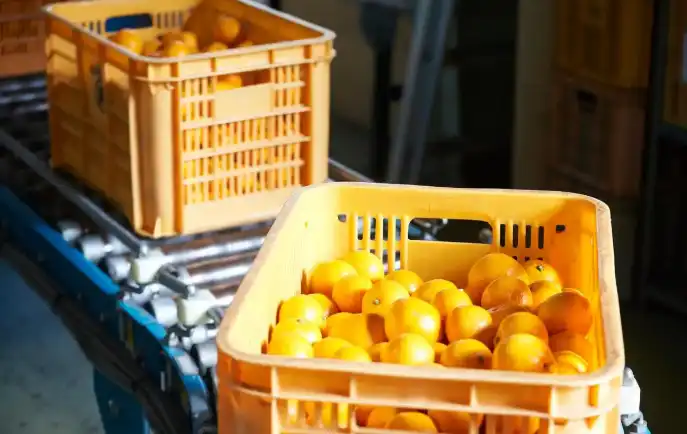Application of ozone in food factories
1. Disinfection and Cleaning During Food Processing
Food Processing: Ozone has strong oxidizing properties and broad-spectrum bactericidal capabilities, rapidly killing a wide range of bacteria, viruses, fungi, and other microorganisms, including E. coli, Salmonella, and Staphylococcus aureus. During food processing, ozone can be used to clean vegetables, fruits, meat, and other ingredients, effectively removing surface bacteria, viruses, and pesticide residues, thereby improving food hygiene.
Equipment Disinfection: Food processing workshops and equipment are crucial locations for food production, and their sanitation directly impacts food quality and safety. Ozone generators can be used in areas such as food processing workshops, storage rooms, and locker rooms to comprehensively disinfect the air, walls, floors, and processing equipment. Ozone gas can penetrate gaps and corners, achieving comprehensive disinfection, thereby reducing the growth and spread of microorganisms.
2. Disinfection of Food Packaging Materials
Food packaging materials and containers play a vital role in food production and storage. Ozone can be used to disinfect packaging materials and containers, killing surface microorganisms and preventing food contamination during packaging and storage.
3. Food Preservation and Anti-corrosion
Meat Processing: During meat processing, ozone water can be used to soak and clean meat, effectively killing microorganisms and extending the shelf life of meat products. Furthermore, introducing ozone into the packaging of meat products such as ham and sausage can effectively preserve and prevent spoilage.
Fruit and Vegetable Preservation: Fruits and vegetables are easily infected by microorganisms after harvest, leading to rot and spoilage. Ozone can inhibit the growth of microorganisms on the surface of fruits and vegetables and slow their respiration, thereby extending their shelf life. Studies have shown that fruits and vegetables preserved using ozone technology can extend their shelf life by 3-5 times.
Dairy and Aquatic Product Processing: Ozone is also widely used in the processing of dairy and aquatic products for sterilization, deodorization, and decolorization, improving product hygiene and safety.
4. Air Purification
Air quality in food factories is crucial to food safety. Ozone can be used for air purification, removing bacteria, viruses, odors, and other harmful substances from the air, thereby improving air quality and creating a healthier production and consumption environment for workers and consumers.
Food factories generate large amounts of wastewater during their production processes, which requires treatment before discharge. Ozone can be used in wastewater treatment, effectively removing organic matter and bacteria from wastewater, thereby reducing environmental pollution.
6. Disinfection of Employee Work Clothes and Tools
Employee work clothes and tools are essential items in the food production process, but they can also easily become a medium for the spread of microorganisms. Ozone can be used to disinfect employee work clothes and tools, killing bacteria and viruses on their surfaces and reducing the risk of cross-infection.
In summary, ozone applications in food factories encompass multiple aspects, including food processing, packaging, preservation, antiseptic treatment, air purification, and wastewater treatment, providing strong guarantees for food safety and hygiene. However, in actual use, strict adherence to relevant safety regulations and operating procedures is required to ensure the safety of both personnel and equipment. At the same time, it is also necessary to reasonably control the concentration and treatment time of ozone according to specific circumstances to avoid adverse effects on food and human body.





